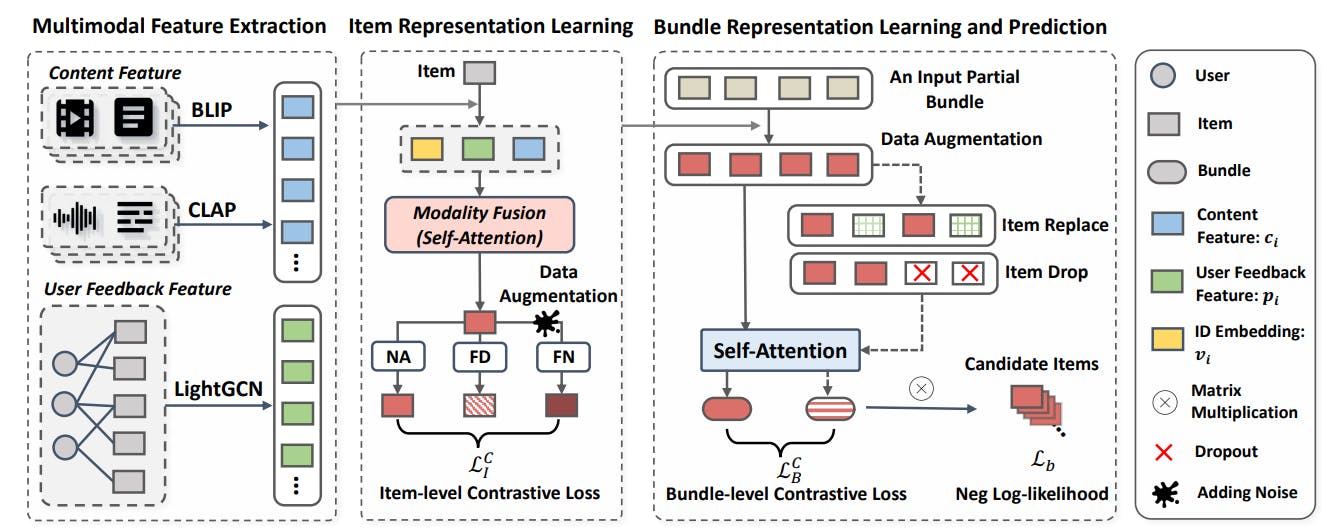143 reads
A Comprehensive Approach to Multimodal Bundle Construction with CLHE Methodology
by
January 30th, 2024
Audio Presented by

The FeedbackLoop offers premium product management education, research papers, and certifications. Start building today!
About Author
The FeedbackLoop offers premium product management education, research papers, and certifications. Start building today!
